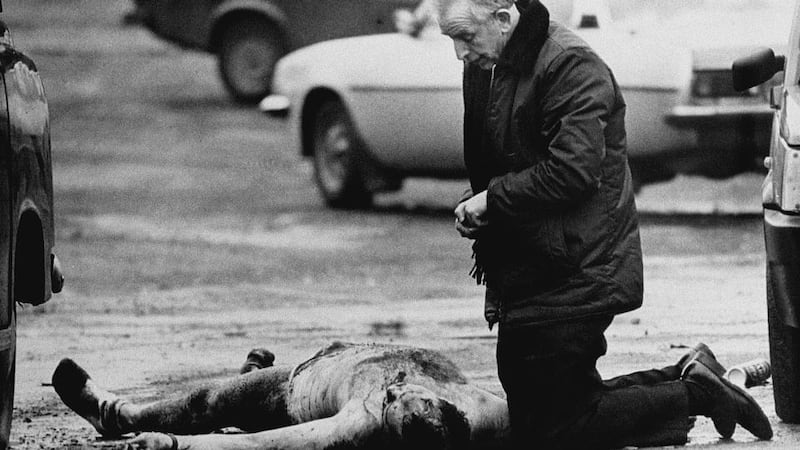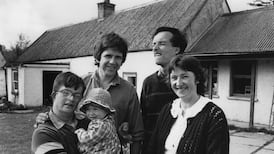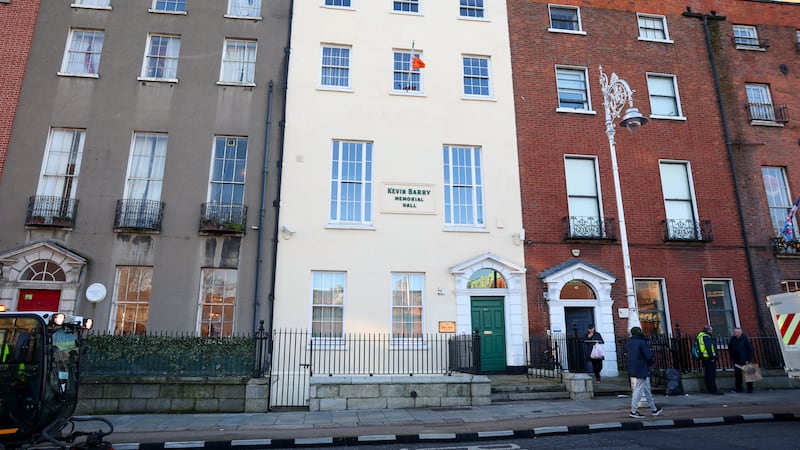If you wanted an image that distils the horror and evil of The Troubles, then it is hard to look beyond the photograph of Father Alec Reid kneeling over the body of a British soldier executed by the IRA.
The picture was taken in March 1988 minutes after the Tipperary-born Redemptorist priest had pleaded with republican hardmen not to kill the two British corporals who had blundered into an IRA funeral. His eyes are blank, tiny orbs. The blood of David Howes, a 23-year-old from Northampton, smears his face. It is a grisly snapshot of the futility and barbarism of the “armed struggle”.
“I was sorry that the two soldiers were shot and that I hadn’t take a different approach. I had failed,” Reid says during The Secret Peacemaker (RTÉ One, Sunday, 10.35pm), in an interview conducted shortly before his death at age 82 in 2013.

“We were out of control and perhaps tipping into civil war,” is how unionist leader Mike Nesbitt characterised the violence that led to Reid, on his knees over the dead soldier. “How does this end? How do you stop this?”
READ MORE
RTÉ's coverage of the Good Friday Agreement on its 25th anniversary has been thorough, informative and, to the appropriate degree, entertaining. It excels here again with a portrait of Reid and his pivotal role in persuading republican terrorists that, for all their addiction to mayhem, talking was in the end more productive than slaughter.
Yet the 90-minute film doesn’t sanitise the long struggle to get Sinn Féin to the negotiating table: as RTÉ journalist Brendan O’Brien points out, Reid advocated a slow, steady dialogue at a time when the IRA was blowing up pensioners, children and other innocents on a near-weekly basis (to say nothing of robbing banks and shooting gardaí on the other side of the Border).
“I always believed condemnation got nowhere and did more harm than good,” says Reid in that 2013 interview. “I don’t think I had a blind spot regarding the IRA. I tried to understand them.”
Reid, we learn, was pivotal in turning the peace process into more than an abstract fantasy glimpsed through the smoke of the latest bombing outrage. He played a crucial part in the behind-the-scenes talks that led to the SDLP’s John Hume engaging with the IRA – and which ultimately resulted in the Good Friday Agreement
There is judicious use of dramatic re-enactment to illustrate the torment the priest (played by Marty Rea) went through when attempting to win the trust of physical force republicans as the bodies piled up. “Every time they set off a bomb it set us back,” recalls Bríd Rogers of the SDLP. “They were our opponents, in a way, as much as the unionists.”
The filmmakers canvass voices from across the spectrum. Gerry Adams, the ex-Sinn Féin leader, remembers Reid as “dedicated” and “non-judgmental”. “We needed him and he was there,” he says.
“Violence is not the answer – that was the man’s heart,” says former UVF terrorist David “Packie” Hamilton. “It’s love and compassion”.
Still, it’s those interviews from a decade ago with Reid himself that are most impactful. He is matter-of-fact about the importance of engaging with those whose first instinct was to kill rather than negotiate. “The Troubles were taking place on our doorstep,” he says. “You just got involved as a result of the fact you were living in the middle of it.”
















